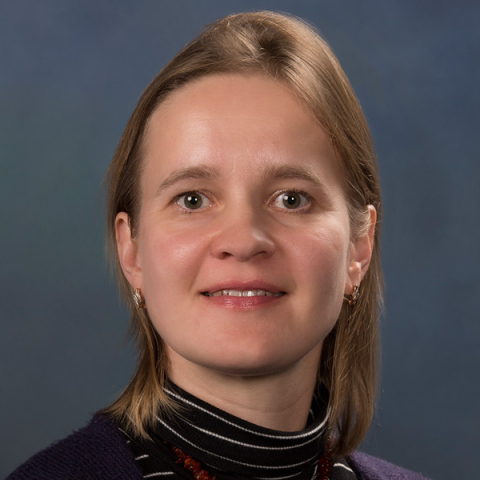
Her Early Career Award allowed Evgenya Simakov to focus on understanding how to reduce undesirable states that can disrupt accelerator beams.
PNNL-led researchers: Conditions that started decades ago are changing forests and are likely to continue.
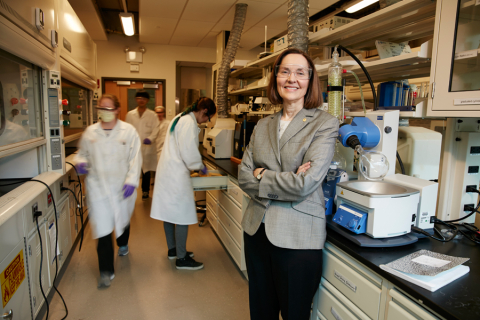
Magnetite is common, non-toxic, and could be very useful for batteries. Esther Takeuchi and her team are making that potential a reality.
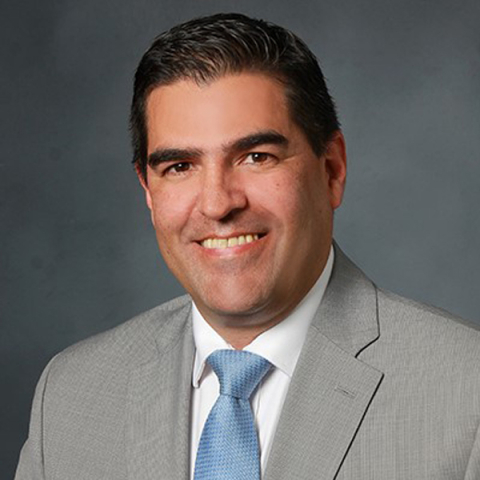
Jean Paul Allain is integrating nanotechnology and materials science to help identify new designs for materials for use in fusion devices.
Studies predict 100 more undiscovered galaxies are out there orbiting the Milky Way.
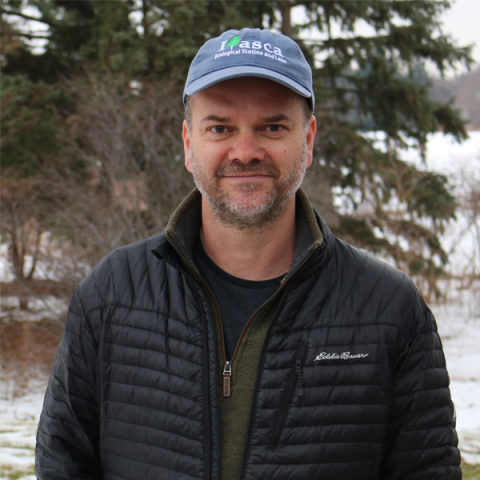
Jonathan Schilling is studying the enzymatic mechanisms used by Postia placenta, a brown rot fungus to degrade woody biomass.

Through more than a decade of research, Christoph Benning’s team gained major insights into lipids essential for plants’ photosynthetic systems.
New machine learning methods bring insights into how lithium ion batteries degrade, and show it’s more complicated than many thought.
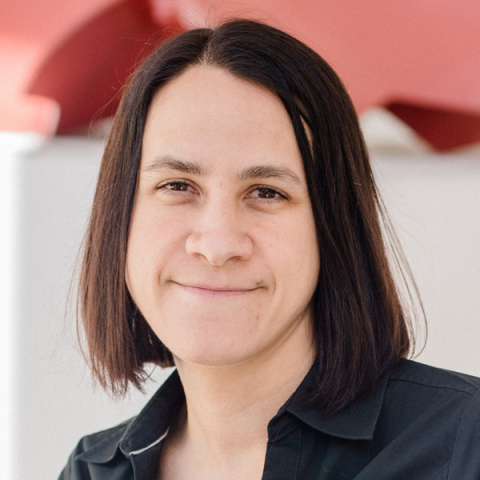
University of Texas professor Delia Milliron studies nanocomposite thin films with electrochromic properties, controlling light passage.
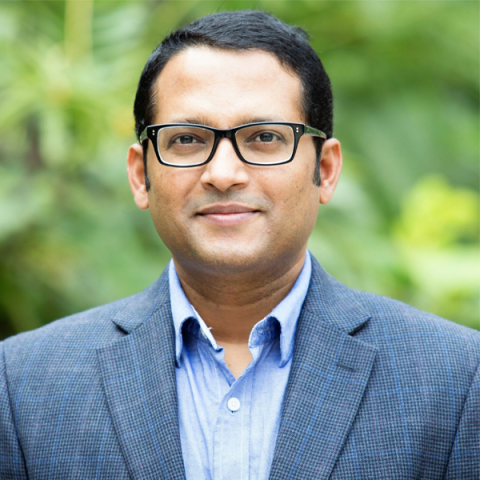
Dark matter research requires large, sensitive detectors; Rupak Mahapatra helps to develop Texas A&M’s ton-scale, cryogenic semiconductor detectors.

